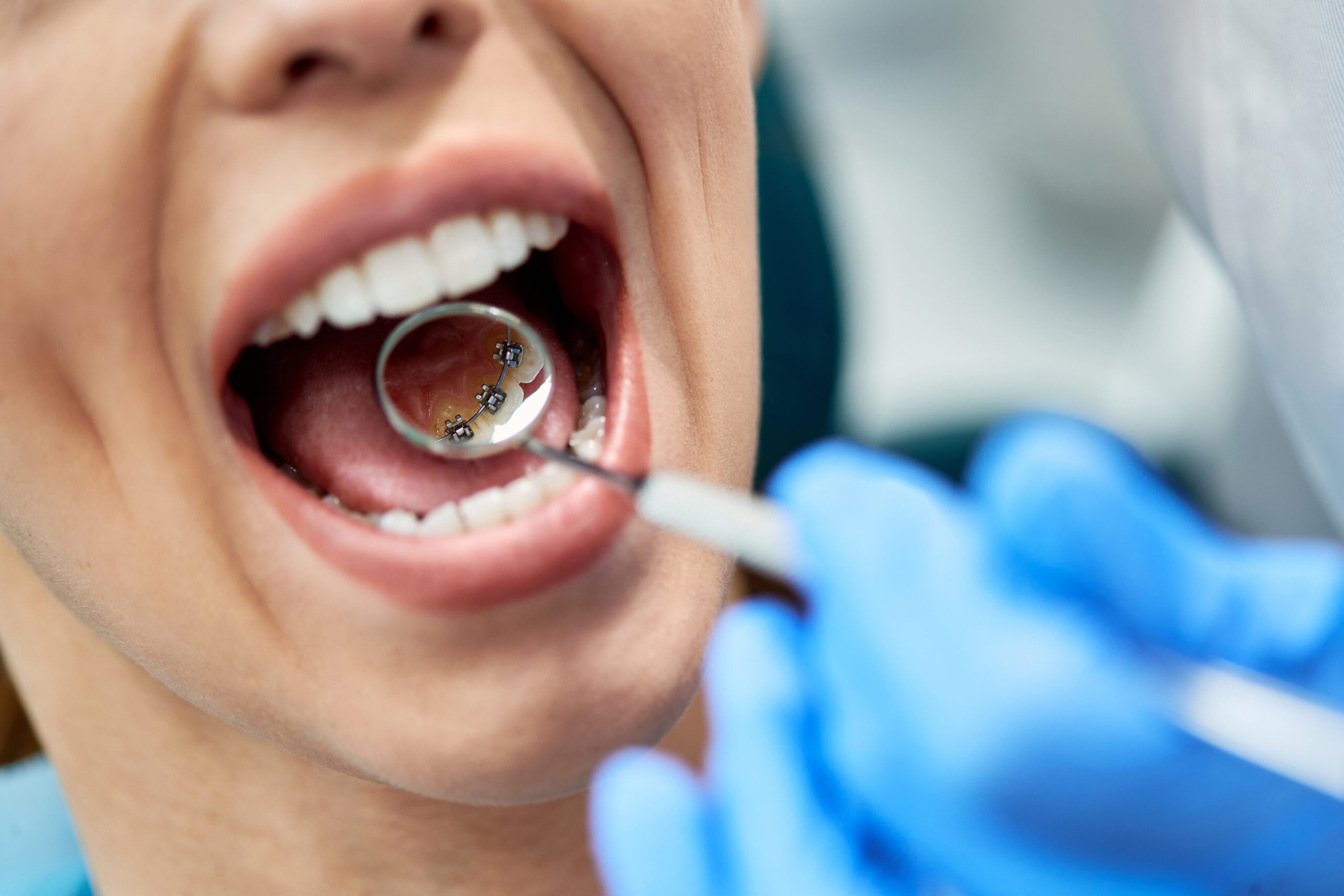The Basic Principles Of Legacy Orthodontics
The Basic Principles Of Legacy Orthodontics
Blog Article
How Legacy Orthodontics can Save You Time, Stress, and Money.
Table of ContentsThe 5-Second Trick For Legacy OrthodonticsAn Unbiased View of Legacy OrthodonticsLegacy Orthodontics - An OverviewMore About Legacy OrthodonticsSee This Report about Legacy Orthodontics
In enhancement, we supply adjustable treatment timetables, flexible settlement alternatives and a fun, satisfying experience.An orthodontist is a dental practitioner trained to diagnose, prevent, and treat teeth and jaw abnormalities. Orthodontists work with people of all ages, from youngsters to grownups.
Malocclusion, or misaligned teeth, can result in oral problems, consisting of tooth degeneration, periodontal illness, and challenging or agonizing eating. Not every person is born with straight teeth. If you have a negative bite or huge spaces between your teeth, you might desire to get in touch with a dental professional specializing in orthodontic care.
Legacy Orthodontics - Questions
( Picture Credit Scores: DigitalVision/Getty Images) Orthodontists make use of dealt with and detachable oral gadgets, like dental braces, retainers, and bands, to transform the placement of teeth in your mouth. Orthodontic treatment is for dental abnormalities, consisting of: Uneven teethBite troubles, like an overbite or an underbiteCrowded teeth or teeth that are also far apartJaw misalignmentThe goal of orthodontic treatment is to boost your bite.
While you may believe of orthodontists as mainly for youngsters or young adults who require braces, they can fix oral problems at any age. Orthodontists attend university, oral institution, and orthodontic school.
, yet not all dental professionals are orthodontists. They concentrate on 2 areas: Just how to effectively and safely move teeth How to effectively lead advancement in the teeth, jaw, and faceOnce an orthodontist has finished training, they have the option to come to be board certified.
Indicators on Legacy Orthodontics You Need To Know
Malocclusion leads to tooth overcrowding, a misshapen jaw, or uneven bite patterns. Malocclusion is generally treated with: Your orthodontist affixes steel, ceramic, or plastic square bonds to your teeth.
If you have just minor malocclusion, you might have the ability to make use of clear dental braces, called aligners, as opposed to standard dental braces (https://www.cybo.com/US-biz/legacy-orthodontics_2w). Some people need a headgear to aid relocate teeth into line with stress from outside the mouth. After dental braces or aligners, you'll need to put on a retainer. A retainer is a custom-made tool that maintains your teeth in location.
They're usually used on youngsters. They can produce extra room in the mouth without having to draw teeth. If you have a serious underbite or overbite, you could require orthognathic surgical procedure (also called orthodontic surgical procedure) to lengthen or reduce your jaw. Orthodontists use wires, medical screws, or plates to sustain your jaw bone.
You may require to see an orthodontist if you have: Crowding or otherwise enough space for every one of your teethOverbite, when your upper teeth come by your base teethUnderbite, when your bottom teeth are as well much forwardSpacing or issues with gapsCrossbite, which click for source is when your upper teeth fit behind your bottom teeth when your mouth is closedOpen bite or a vertical gap between your front bottom and upper teethMisplaced midline, when the facility of your bottom and upper teeth don't align Dealing with an oral malocclusion can: Make attacking, chewing, and speaking easierImprove the balance of our face and your total appearanceEase discomfort from temporomandibular joint disordersSeparate your teeth and make them simpler to clean, helping stop tooth degeneration or dental caries It's typically a dental professional that initially notices misaligned teeth during a regular exam.
See This Report about Legacy Orthodontics

Throughout your initial orthodontic examination, you'll likely have: An oral examPhotos taken of your face and smileDental X-raysPanoramic (360 degree) X-rays of your face and headImpressions to produce molds of your teethThese examinations will certainly help your orthodontist understand just how to wage your therapy. clear braces. An orthodontist is a dental practitioner who's had training to treat your teeth and jaw
An orthodontist is concentrated on your bite, so something like a broken tooth would be managed by a dental practitioner. Orthodontists are concentrated on your bite, or the means your teeth fit with each other, and the straightness of your teeth.
Ever before questioned just how celebs constantly appear to have completely lined up teeth? The response frequently hinges on the competent hands of an orthodontist. But exactly what does an orthodontist do? Orthodontists are oral professionals who concentrate on correcting irregularities in the teeth and jaws. Their know-how exceeds simply creating a stunning smile; it encompasses enhancing your general oral wellness and function.
3 Easy Facts About Legacy Orthodontics Shown

, orthodontists have a varied toolkit at their disposal. These reliable braces utilize a system of braces adhered to the teeth and linked by cables.
Clear aligners, like Invisalign, are a prominent alternative for clients seeking a much more discreet therapy choice. These detachable trays are custom-made to gradually move the teeth's position. Headgear might be used along with dental braces or aligners to use additional targeted pressures, particularly for correcting jaw disparities. In cases of narrow jaws, palatal expanders can be used to produce area for proper tooth alignment.
Report this page